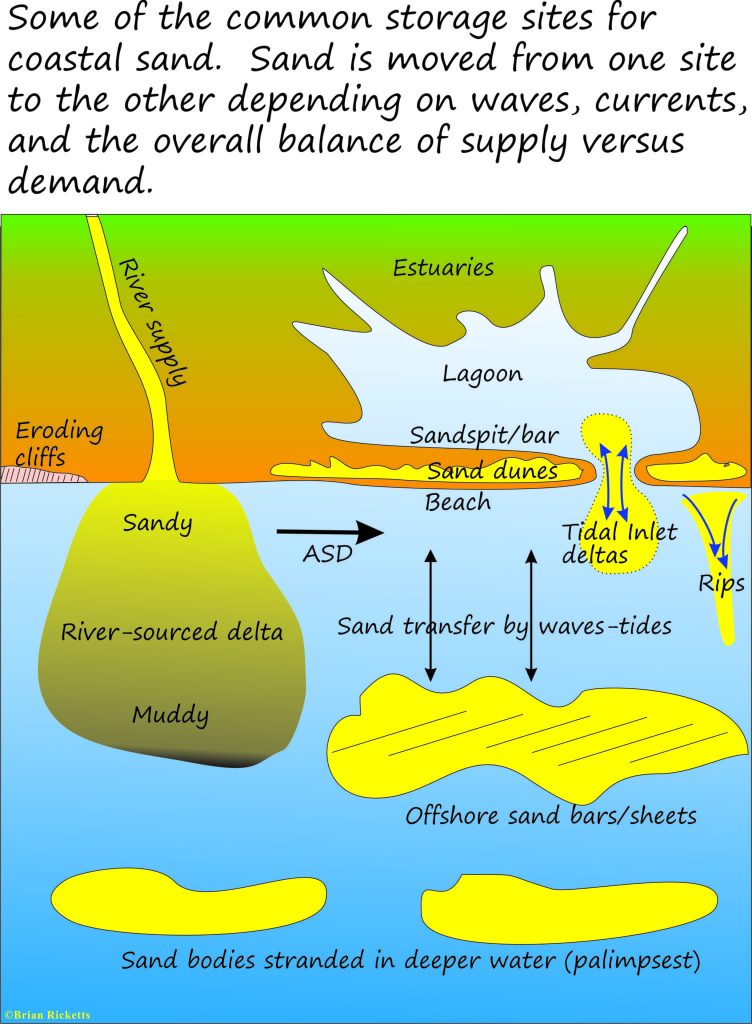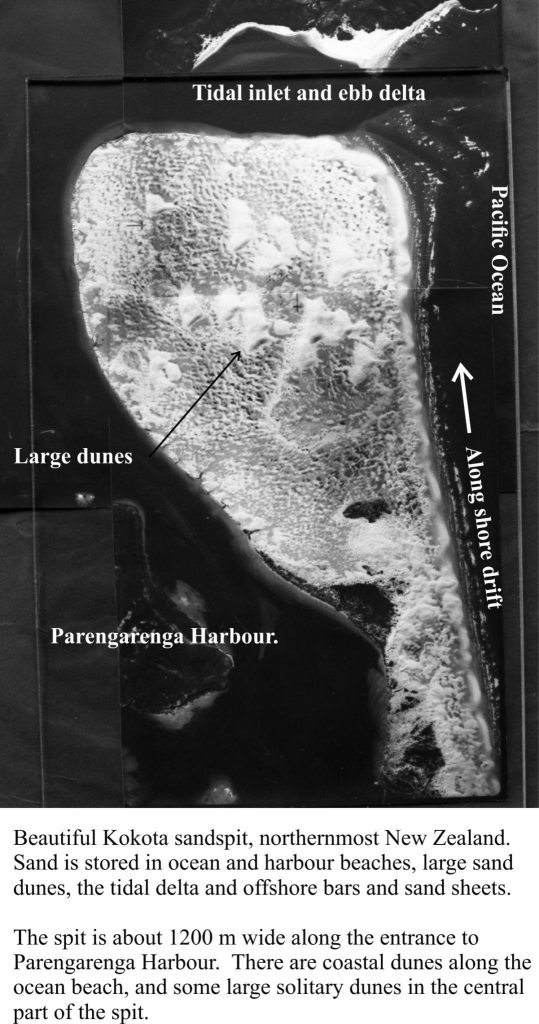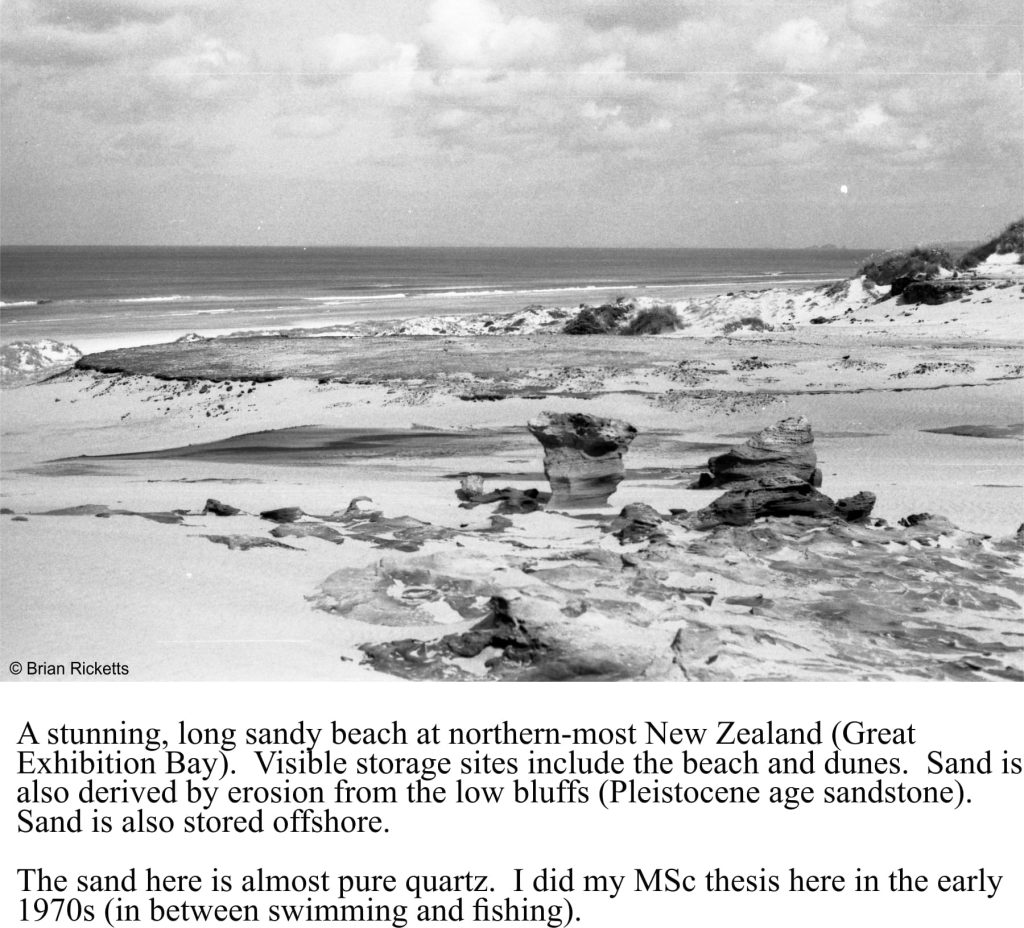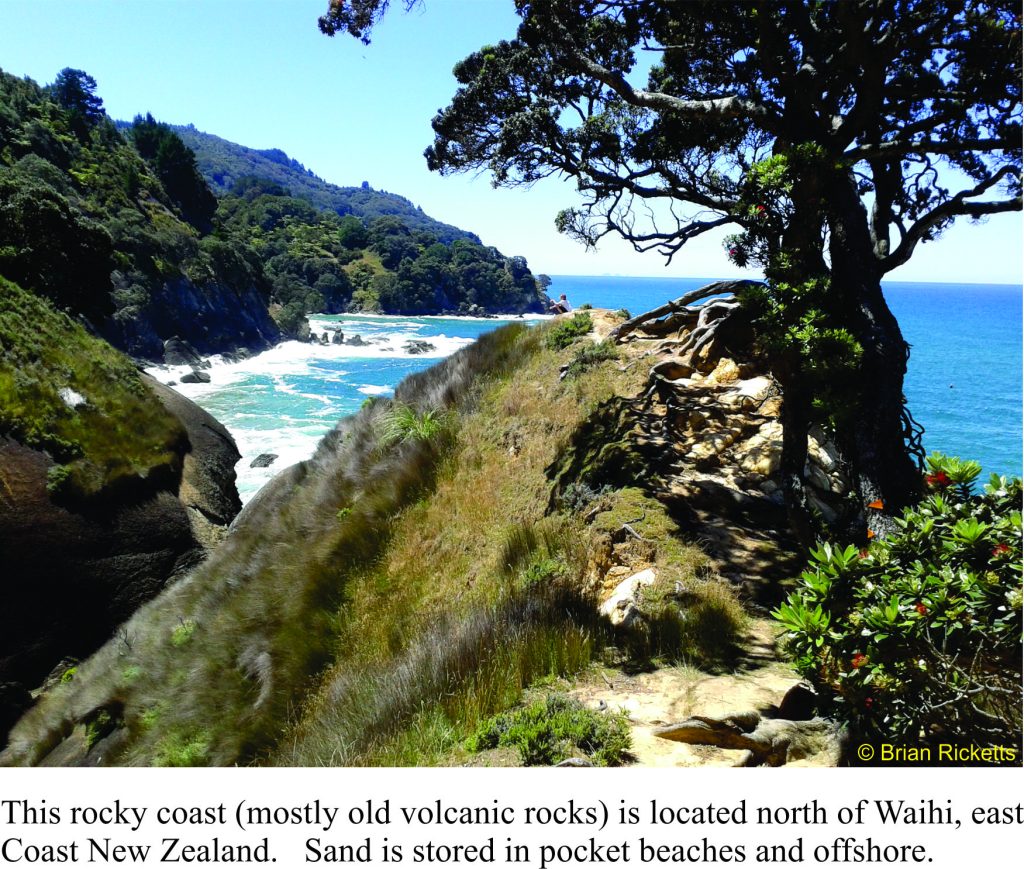Coastal Supply and Demand
Budget Surpluses and Budget Deficits
How often have you heard or seen it; the owners of prime, sandy beach-front real estate complaining that the beach is encroaching on their backyard patios. Their piece of land has just been truncated by processes that erode sand along the beach and sand dunes. The sand itself has disappeared beneath the now much closer waves.
Solution; dump a pile of sand excavated from somewhere else, or build a seawall from large rocks and concrete. The former doesn’t last long because that sand also disappears, and the latter has the aesthetic appeal of an oil slick. Furthermore, sea walls commonly create additional problems for someone else farther up or down the coast. And to add insult to injury, the cost of this engineering marvel is frequently borne by the tax payer.
Why is there a problem in the first place? The short answer is that the beach is doing what it has always done; for millennia. A slightly longer answer involves an explanation of sediment budgets along sandy coasts; it is a story of natural supply and demand.
Systems that involve coastal sand supply
Coasts, especially sandy coasts are incredibly dynamic, fascinating in their complexity. And they are beautiful; it’s no wonder people flock to them.


The coastal sand system acts as a complete entity; there will be a tendency for sand movement from one component to another to be in some kind of equilibrium, or balance. The balance can be upset in the short term by events such as storms, and also on longer time scales (a decade 

We can think of these conditions in terms of sand budgets. When there is a surplus of sand at any one site the system will tend to distribute it to where it might be needed. In times of deficit, the reverse happens. Quantitative easing is something we tend to impose on the natural system (e.g. sea walls, dredging); the results may be benign but more often than not they are disastrous.
Coasts with different geology and geography will also react differently to changes in sand budgets. For example, much of New Zealand’s North Island west coast has been straightened for 100s of kilometres over the past 2 million years by large sand barriers and very long beaches (it is not difficult to find yourself pleasantly alone on these beaches). In contrast, the east coast is more embayed and rocky with shorter intervening beaches, commonly referred to as pocket beaches; many of these east coast harbours and embayments have resulted from the drowning of valleys during the post-glacial sea-level rise.
Imagine the following scenario
Across our imaginary coast, active offshore sand bars are in sand deficit because of changing wave and current strengths and directions; these changes are the result of some periodic climate pattern such as El Niño. The system as a whole tries to re-establish a kind of supply and demand equilibrium under the new wave and current conditions, by removing sand from some other part of the system. A common response in this case is to move inshore sand farther offshore, but a consequence of this is a sand deficit along the beach and sand dunes.
Now consider what might happen if the locals build a seawall to protect their assets. Now the system is thwarted in its attempts to move sand from the beach. So far so good.
Unfortunately, the system will try to source sand from somewhere else; perhaps beaches farther along the coast. But now someone else’s backyard has been destabilised. Or, as shown in the cartoon above, sand may be moved from the large river delta. But this too can cause problems because the delta will try to replenish the sand, either from other parts of the delta or from upstream in the river. In the latter case this could affect river-front properties inland from the delta.


The bottom line is that coastal sand systems are incredibly dynamic, always on the move, and take no notice of real estate values.



Pingback: my blog
Pingback: Canadian Pharmacy USA